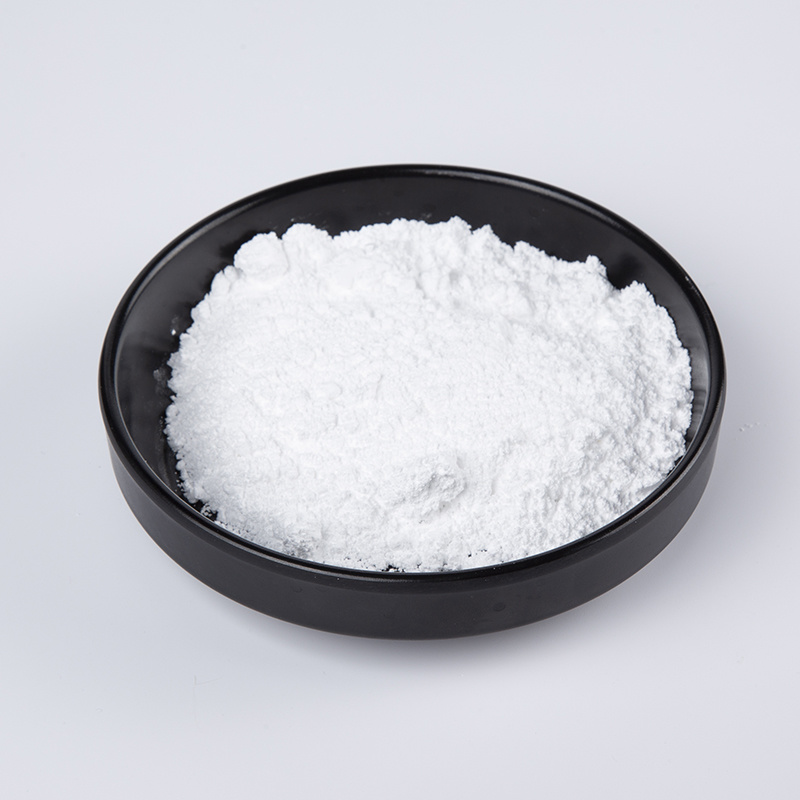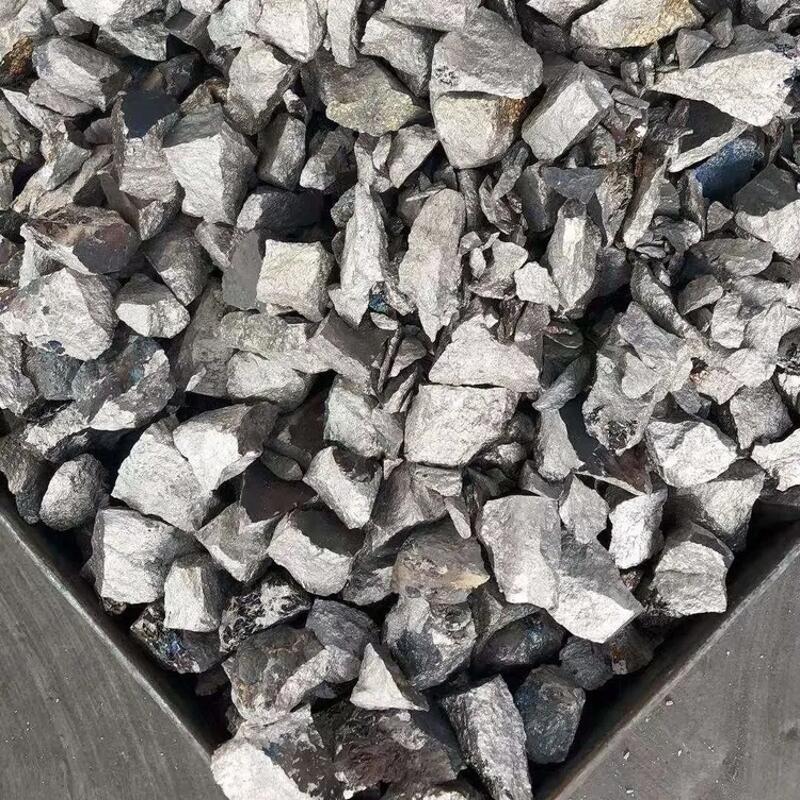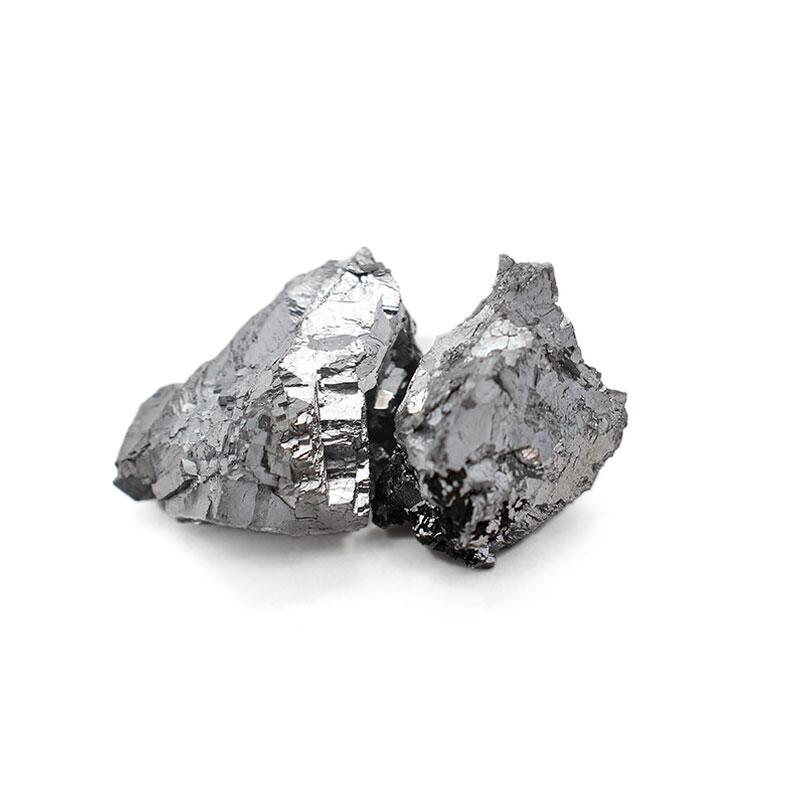-
Categories
-
Pharmaceutical Intermediates
-
Active Pharmaceutical Ingredients
-
Food Additives
- Industrial Coatings
- Agrochemicals
- Dyes and Pigments
- Surfactant
- Flavors and Fragrances
- Chemical Reagents
- Catalyst and Auxiliary
- Natural Products
- Inorganic Chemistry
-
Organic Chemistry
-
Biochemical Engineering
- Analytical Chemistry
-
Cosmetic Ingredient
- Water Treatment Chemical
-
Pharmaceutical Intermediates
Promotion
ECHEMI Mall
Wholesale
Weekly Price
Exhibition
News
-
Trade Service
The chemical industry is an essential part of our modern world, providing the materials and products that are needed for a wide range of applications.
However, the production and use of chemicals can also pose potential risks to human safety and the environment.
As such, it is important for chemical companies and their employees to prioritize safety in all aspects of their operations.
1,1′′-(1-Methylethylidene)bis[ethylferrocene] (FEVE) is a chemical compound that is commonly used in the chemical industry.
It is a colorless liquid that is used as a ligand in organometallic chemistry, and it is also sometimes used as a solvent in the production of certain types of coatings and inks.
While FEVE is generally considered to be a safe chemical, it is important for those who work with it to take appropriate safety precautions to minimize the risk of exposure.
One of the key safety concerns associated with FEVE is its potential to cause skin irritation.
The liquid can cause redness, itching, and blistering on contact with the skin, and prolonged exposure can increase the risk of more severe skin problems.
As such, it is important for workers who handle FEVE to wear appropriate protective clothing, including gloves, long-sleeved shirts, and aprons.
They should also wash their hands thoroughly after handling the chemical and avoid touching their faces or other sensitive areas of their skin.
Another potential safety hazard associated with FEVE is its flammability.
The chemical is classified as a flammable liquid, and it can ignite if it comes into contact with an ignition source, such as an open flame or a hot surface.
Those who handle FEVE should take care to store it in a cool, dry location and avoid exposing it to heat or sparks.
They should also be familiar with the appropriate firefighting procedures in the event of a fire.
In addition to skin irritation and flammability, FEVE can also pose environmental risks if it is not handled and disposed of properly.
The chemical is not highly toxic to aquatic life, but it can be harmful to certain types of plants and animals if it enters the environment in large quantities.
As such, it is important for companies that use FEVE to follow proper disposal procedures and take steps to minimize the risk of environmental contamination.
Overall, 1,1′′-(1-Methylethylidene)bis[ethylferrocene] is a useful chemical compound that is commonly used in the chemical industry.
However, it is important for those who handle it to prioritize safety and take appropriate precautions to minimize the risk of exposure and environmental contamination.
By following proper safety protocols and guidelines, workers in the chemical industry can help to ensure a safe and healthy workplace for all.







